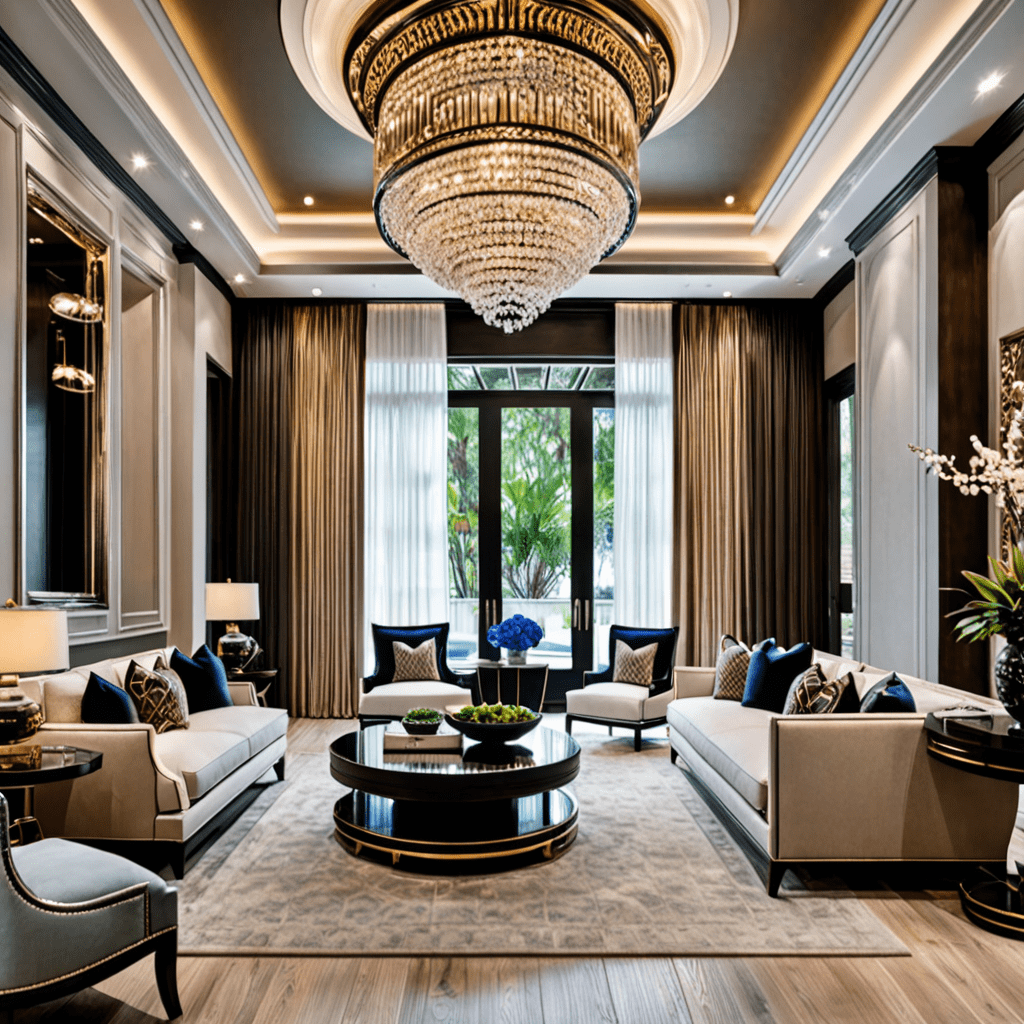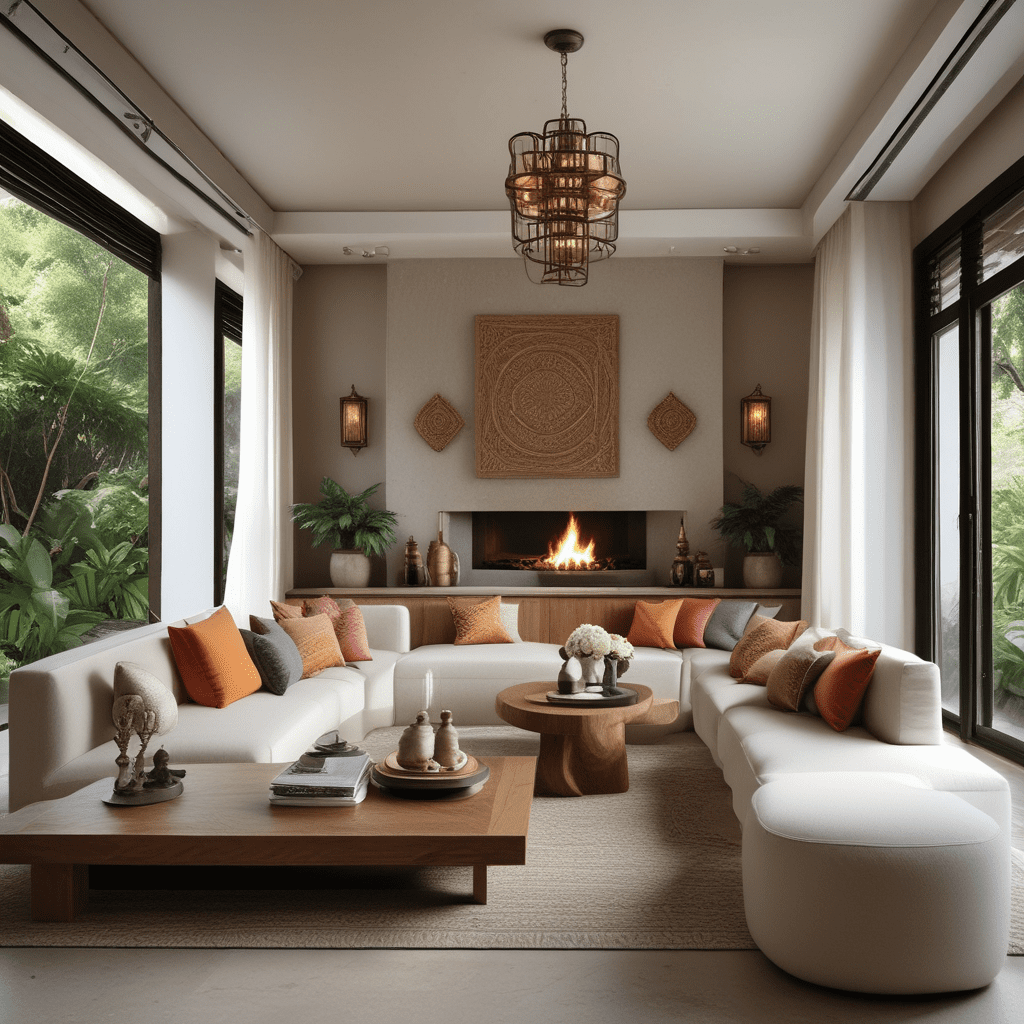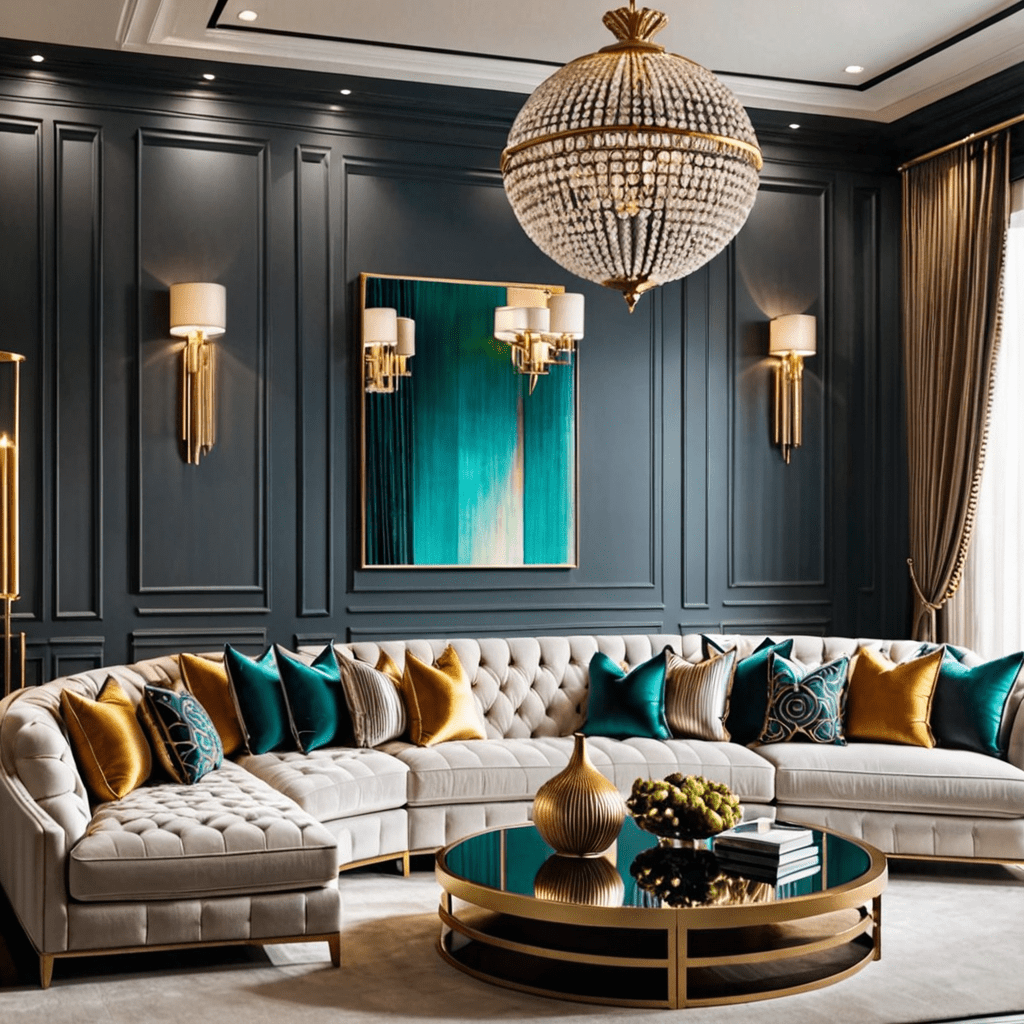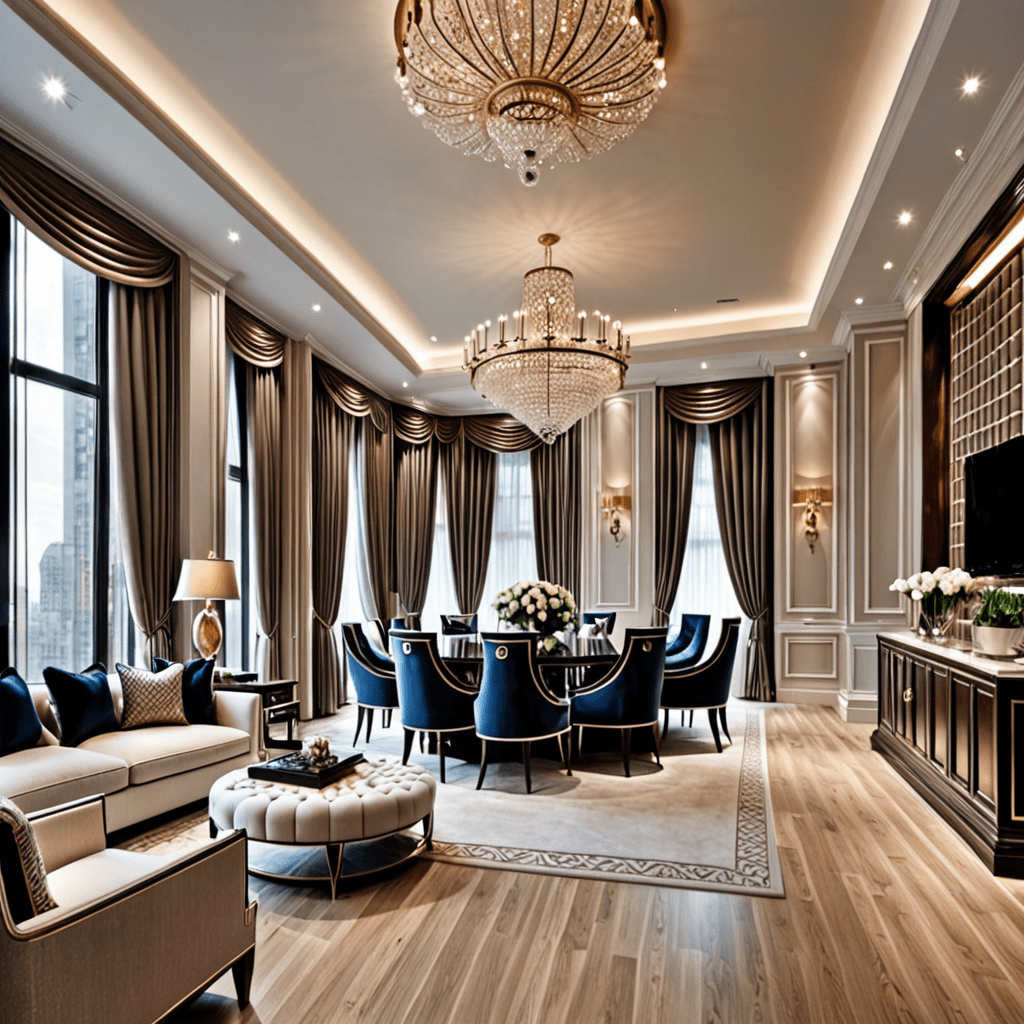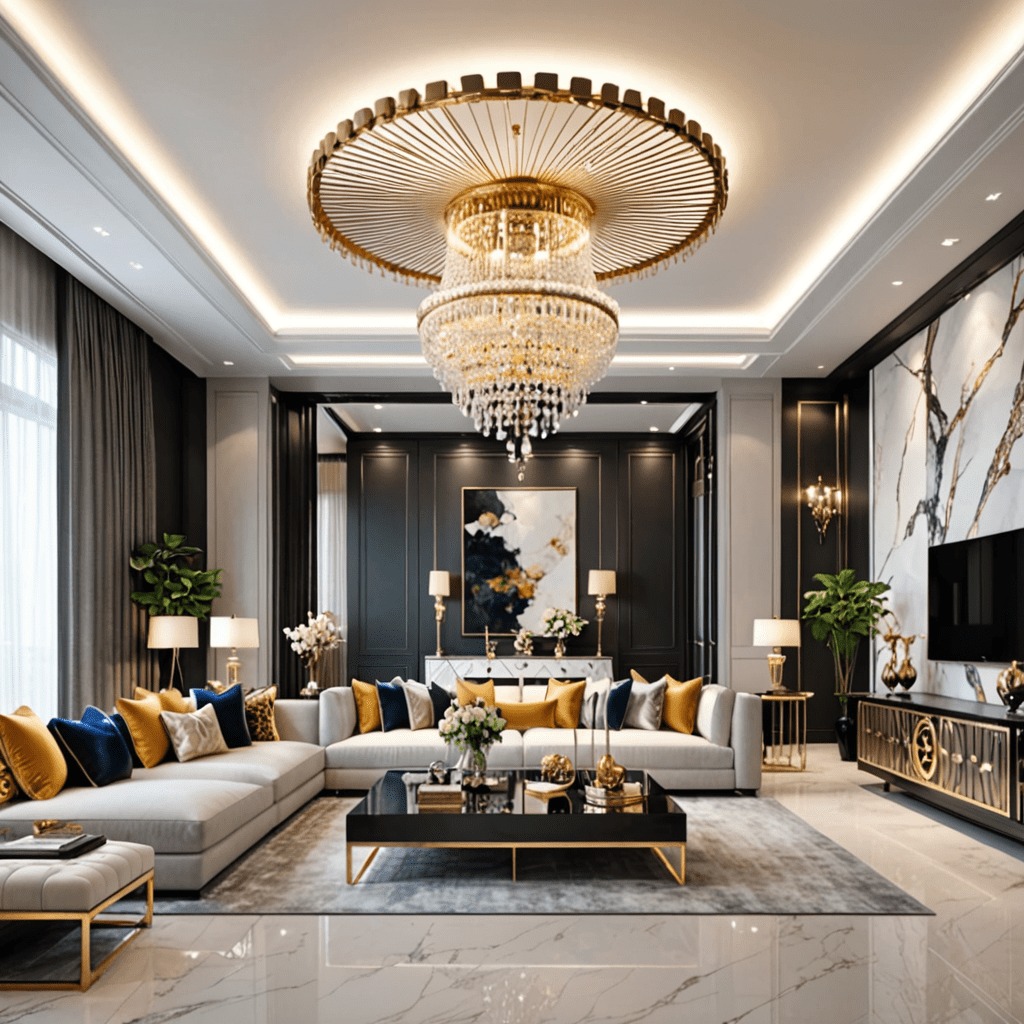Mastering Scale and Proportion for Interior Design Harmony
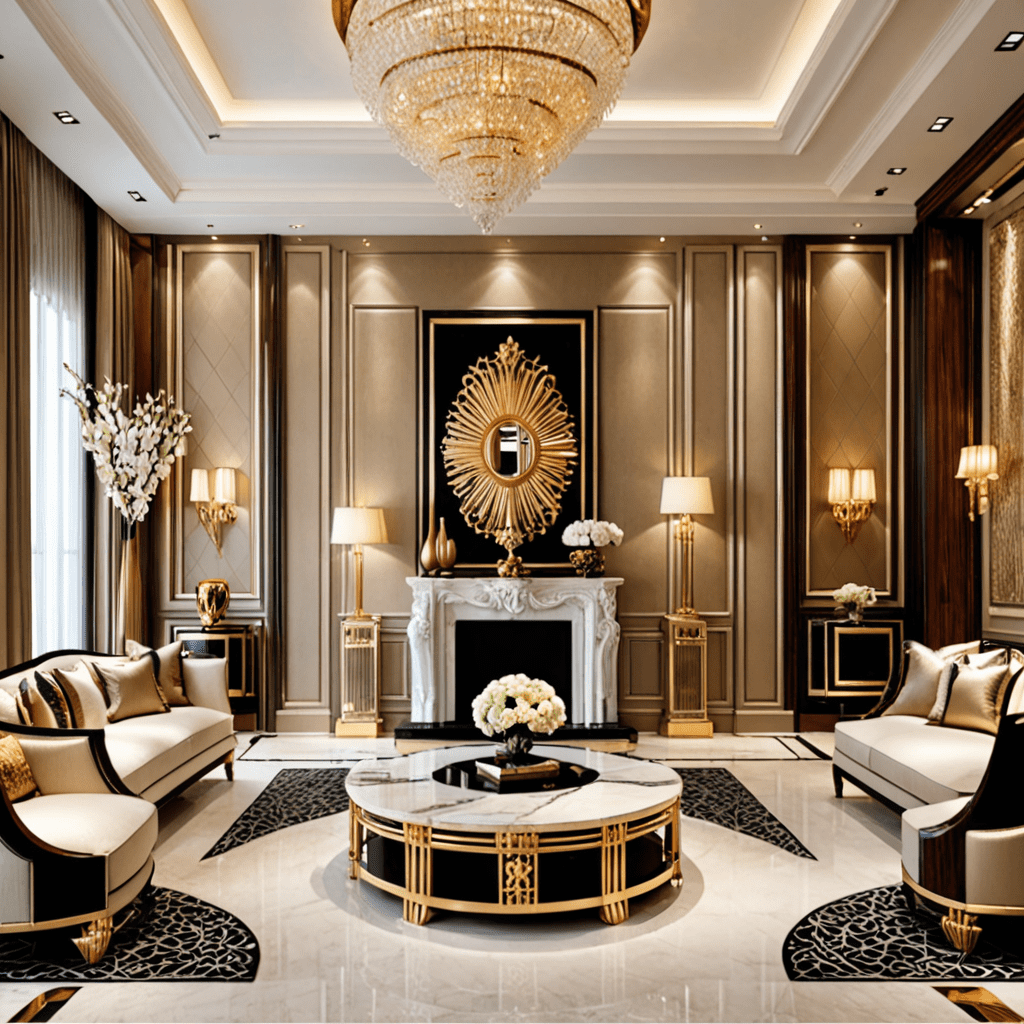

Mastering Scale and Proportion for Interior Design Harmony
Understanding Scale and Proportion
Scale and proportion are fundamental elements in interior design that can greatly influence the overall aesthetic appeal and functionality of a space. Whether you are designing a small room or a spacious living area, getting the scale and proportion right is essential for achieving visual harmony and balance. In this article, we will explore the key concepts of scale and proportion in interior design and provide valuable insights on how to master them.
The Importance of Scale
Scale refers to the relative size of objects within a space. It is crucial to consider scale when selecting furniture, decor, and architectural elements to ensure they complement each other and the overall dimensions of the room. Proper scale helps create a harmonious and visually pleasing design, while incorrect scale can make a room feel cluttered or empty.
Tips for Achieving Proper Scale
To achieve proper scale in interior design, consider the following tips:
- Measure the dimensions of the room before purchasing furniture to ensure pieces are proportionate.
- Choose furniture and decor with sizes that are appropriate for the space, avoiding pieces that overpower or look dwarfed.
- Pay attention to the height, width, and depth of furniture to ensure they are in proportion with other items in the room.
- Create visual balance by distributing large and small objects throughout the space.
The Role of Proportion
Proportion, on the other hand, deals with the relationship between different elements within a design. It involves finding the right balance and harmony between objects and their spatial arrangement. Proportional design creates a sense of comfort, unity, and cohesion in a room.
Strategies for Achieving Proportional Design
To achieve proportional design in your interior spaces, consider employing these strategies:
- Create a focal point that anchors the room and serves as a visual reference.
- Divide the space into visually pleasing ratios, such as the golden ratio or the rule of thirds.
- Choose furniture and decor that have similar proportions to maintain visual balance.
- Avoid overcrowding or leaving excessive empty spaces. Find the right balance in the arrangement of objects.
FAQ: Common Questions about Scale and Proportion in Interior Design
Q: What is the difference between scale and proportion in interior design?
A: Scale refers to the relative size of objects within a space, while proportion deals with the relationship between different elements and their spatial arrangement.
Q: How can I determine the proper scale for furniture in a room?
A: Measure the dimensions of the room and aim for furniture that is proportionate to the space. Avoid pieces that are too large or too small, creating an unbalanced look.
Q: What are some common mistakes to avoid in achieving proper proportion in interior design?
A: Some common mistakes to avoid include overcrowding a space with too many objects or leaving too much empty space. Finding the right balance is key to achieving proportional design.
